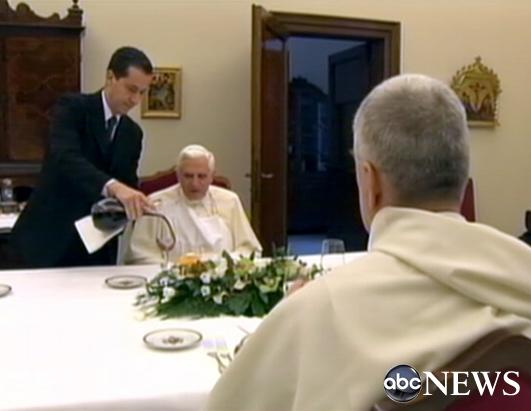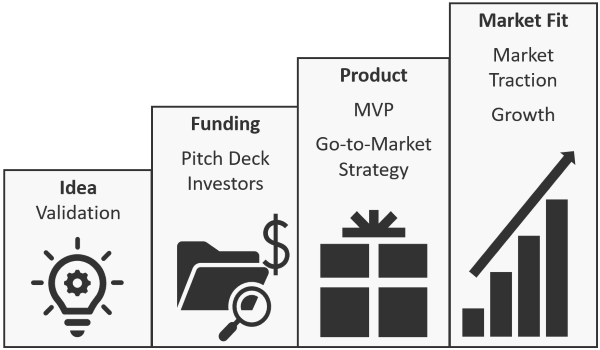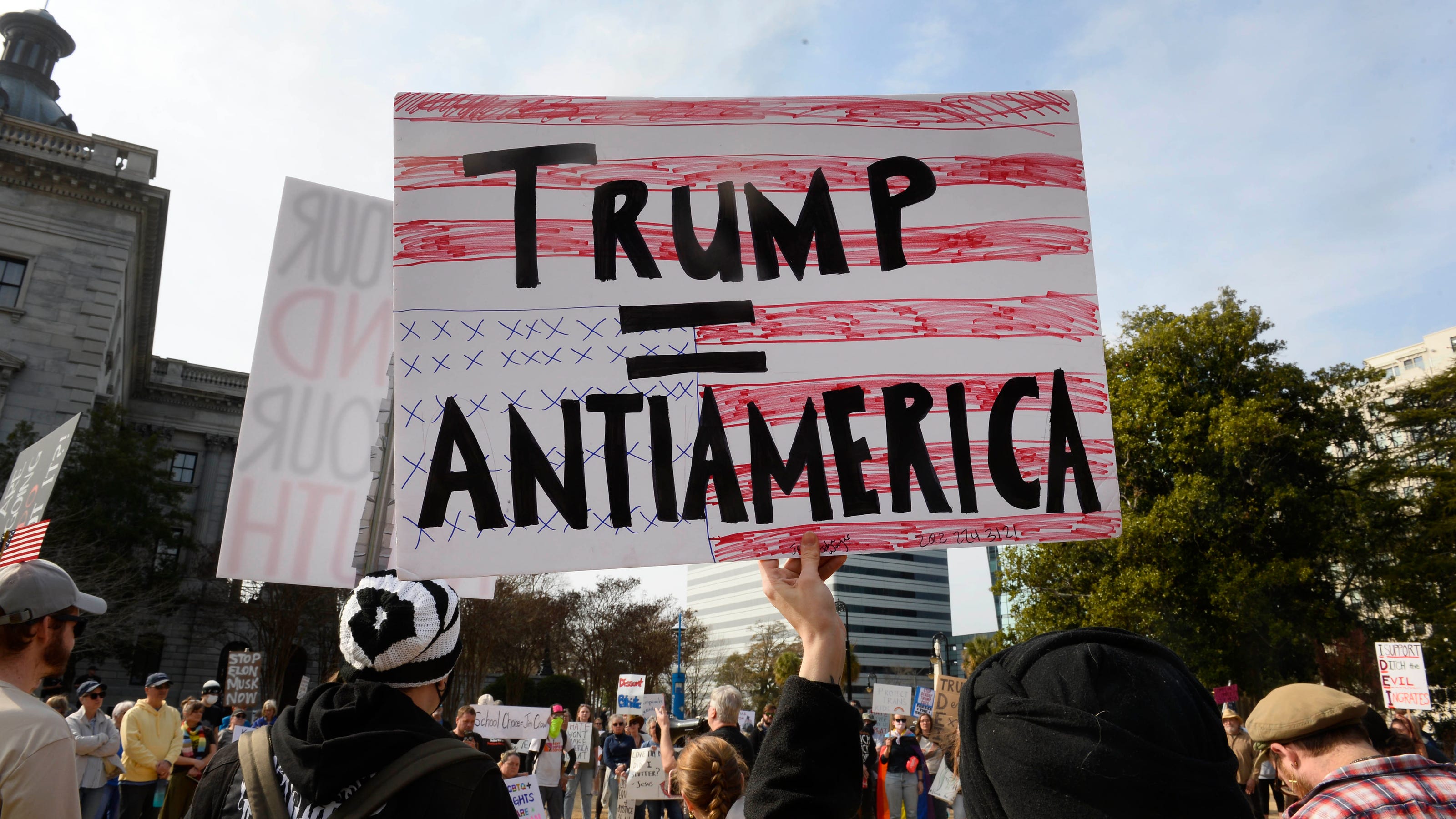The Selection Of A New Pope: An Inside Look At Papal Conclaves And Their Procedures

Table of Contents
The Death or Resignation of a Pope: Triggering the Conclave
The death or resignation of a Pope marks the beginning of a precisely defined process. The moment the Pope's death is confirmed, or his resignation formally accepted, the sede vacante (vacancy of the See) is declared. This triggers a series of events meticulously outlined in the Apostolic Constitution Universi Dominici Gregis.
- The role of the Cardinal Camerlengo: The Camerlengo, a high-ranking cardinal, assumes temporary administrative authority over the Vatican City State and the Holy See, preparing for the conclave. His responsibilities include verifying the death of the Pope and securing the Apostolic Palace.
- Preparation for the conclave: This involves summoning the eligible cardinals, arranging accommodations within the Vatican, and ensuring strict security measures are in place to safeguard the process.
- Securing the Apostolic Palace: The Apostolic Palace, the Pope's residence, undergoes a thorough security sweep to prevent any outside interference or influence during the conclave.
The Role of the Cardinals in the Selection of a New Pope
The selection of a new Pope rests solely with the College of Cardinals, a body of high-ranking clergymen appointed by the Pope. Not all cardinals, however, are eligible to participate in a conclave.
- Eligibility requirements: To be eligible, a cardinal must be under the age of 80 at the time the vacancy occurs. This ensures the new Pope will likely have a significant pontificate ahead.
- Cardinal electors versus non-electors: Only cardinal electors—those under 80—can participate in the conclave. Non-electors are involved in preparatory meetings and activities, but they do not vote.
- Pre-conclave meetings and discussions: Before the conclave begins, the cardinal electors meet to discuss the qualities and characteristics desired in the next Pope, considering global challenges and the needs of the Church.
- The significance of cardinal influence and factions: Although the conclave aims for unity, the influence of various cardinal groups and factions inevitably plays a role in shaping the direction of the election.
The Papal Conclave: Secrecy, Deliberation, and Election
The Papal Conclave is held in strict secrecy within the Sistine Chapel. The environment is designed to facilitate focused deliberation and minimize external influence.
- The physical setup and security: The Sistine Chapel is meticulously prepared, with accommodations for the cardinals and stringent security measures to prevent leaks or interference. Communication with the outside world is strictly controlled.
- The voting process and the rules governing the election: The cardinals cast their ballots secretly. Each ballot is meticulously checked before being burned.
- The scrutinium (ballot counting): After each round of voting, the ballots are counted by specially appointed officials.
- The use of the fumata (smoke signal): Black smoke signifies that no candidate has received the required two-thirds majority, white smoke signals a successful election.
- The process of electing a new Pope (including the required two-thirds majority): Voting continues until a candidate receives the necessary two-thirds majority of the votes. Once elected, the new Pope chooses his papal name.
Modern Adaptations and Challenges to the Traditional Process
The process of selecting a new Pope has evolved over time. Modern adaptations reflect the changing dynamics of the Catholic Church and the globalized world.
- Changes implemented after the Second Vatican Council: The Second Vatican Council (1962-1965) brought significant changes, streamlining some procedures and enhancing transparency, though maintaining secrecy.
- The challenges of maintaining secrecy in the digital age: The ubiquity of technology and social media presents new challenges in maintaining the traditional secrecy surrounding the conclave.
- The increasing diversity within the College of Cardinals and its implications: The growing geographical and cultural diversity within the College of Cardinals adds a new dimension to the selection process, representing the global reach of the Catholic Church.
Conclusion
The selection of a new Pope is a complex and significant event, a process blending ancient traditions with modern adaptations. The key stages—from the announcement of the sede vacante to the final election within the Papal Conclave—demand careful consideration of the role of the Cardinals, their deliberations, and the meticulous procedures that govern this pivotal moment in Catholic history. The choosing of the next Pope carries immense historical weight and global impact, influencing the lives of billions. To further explore this fascinating subject, we recommend researching the history of specific papal conclaves or exploring resources dedicated to the history of the papacy. Share your thoughts on the process of the Papal election, or what qualities you feel are most important for the next Pope, in the comments section below. Understanding the selection of a new Pope provides invaluable insight into the workings of the Catholic Church and the immense responsibility placed upon its leader.

Featured Posts
-
 Cassidy Hutchinson Key Witness To January 6th Announces Memoir
Apr 22, 2025
Cassidy Hutchinson Key Witness To January 6th Announces Memoir
Apr 22, 2025 -
 Where To Start A Business In The Country A Guide To Emerging Markets
Apr 22, 2025
Where To Start A Business In The Country A Guide To Emerging Markets
Apr 22, 2025 -
 How Just Contact Us Ads On Tik Tok Promote Tariff Circumvention
Apr 22, 2025
How Just Contact Us Ads On Tik Tok Promote Tariff Circumvention
Apr 22, 2025 -
 Trump Opposition Examining The Nationwide Protests
Apr 22, 2025
Trump Opposition Examining The Nationwide Protests
Apr 22, 2025 -
 Anchor Brewing Companys Closure Whats Next For The Iconic Brewery
Apr 22, 2025
Anchor Brewing Companys Closure Whats Next For The Iconic Brewery
Apr 22, 2025
